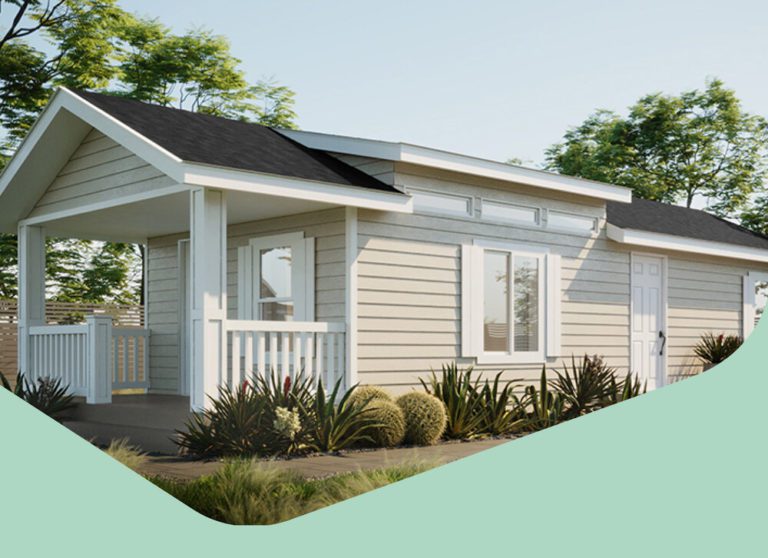- topics | Construction
3 Big Myths About HUD vs. HCD Building Standards

If you’re in the market for an ADU, you probably have questions about manufactured versus stick-built construction, and about the building codes that apply to each. Here we’ll explain what HUD and HCD are, debunk some myths about their standards, and share how to make sure you get a high-quality ADU for yourself.
What are HUD and HCD?
HUD is the U.S. Department of Housing and Urban Development. Since 1976, all manufactured homes, such as prefab ADUs, must conform to HUD codes. The federal government instituted these standards to ensure safety, uniformity, durability, and consistency of construction.
Manufactured homes are not mobile homes, by the way. They are placed on permanent foundations and become part of the real estate, increasing property value. They’re generally considered more affordable than stick-built homes, thanks to the efficiencies of factory production.
HCD is the California Department of Housing and Community Development. This state agency has its own building standards separate from HUD’s, and these are used for stick-built, or site-built, homes in California. They also apply to any alterations to existing manufactured homes, such as add-ons.
Truths about HUD vs. HCD building codes
Myth: Quality standards are higher for stick-built homes than prefab homes.
Reality: Quality standards can be even higher for manufactured homes versus site-built homes.
Building codes specify measurements, materials, and other details for the components of a home. Whereas HCD’s codes for stick-built homes are prescriptive, meaning they specify the minimum acceptable requirements for each component, HUD’s codes for all manufactured homes go a step further. They are prescriptive as well as performance-oriented, meaning the structure as a whole must perform to a certain standard. This extra requirement allows for more design ingenuity and can mean higher quality overall, despite the typically lower cost.
Myth: HUD’s inspection process is less stringent than HCD’s.
Reality: HUD’s inspection process is just as rigorous—if not more so.
Building codes are only as good as their enforcement system, and HUD has the advantage here. HCD inspectors for stick-built homes must visit each site individually to ensure code compliance, and all that travel and piecemeal paperwork mean more potential cracks for details to fall through. Having many inspectors individually interpreting the code can also lead to inconsistencies in applying it.
HUD inspections, on the other hand, take place in a controlled factory environment on top of the manufacturer’s own quality-assurance measures. Less travel and less paperwork mean more efficiency, and more efficiency allows for more thorough inspections. Plus, fewer inspectors are needed, greatly reducing the potential for inconsistency in applying the code.
Myth: The permitting process is harder for manufactured homes.
Reality: HUD codes make the permitting process easier.
The plans for prefab homes are preapproved by HUD, a federal agency. This allows them to bypass the local permitting authority, saving time, money, and effort in the permitting process. Site-built homes constructed to HCD standards, on the other hand, may have to go through an extensive, lengthy permitting process.

How to ensure a high-quality ADU
You can be assured that all prefab ADUs meet rigorous quality standards in every area, including design, construction, plumbing, thermal and electrical systems, and fire resistance. Villa’s factory supplier, however, doesn’t stop there. Much of its construction actually exceeds HUD’s standards—making the ADUs even stronger, more durable, and of higher quality than some other manufactured homes and some other stick-built homes. For example, all the prefab ADUs that Villa offers have a higher roof load, stronger interior walls, and better-insulated floors than prefab homes built to minimum HUD standards.
Interested in a backyard home?
If you’re wondering whether a backyard guest house could be a fit for your family, start by clicking the button below to get a free, no-commitment property assessment.



